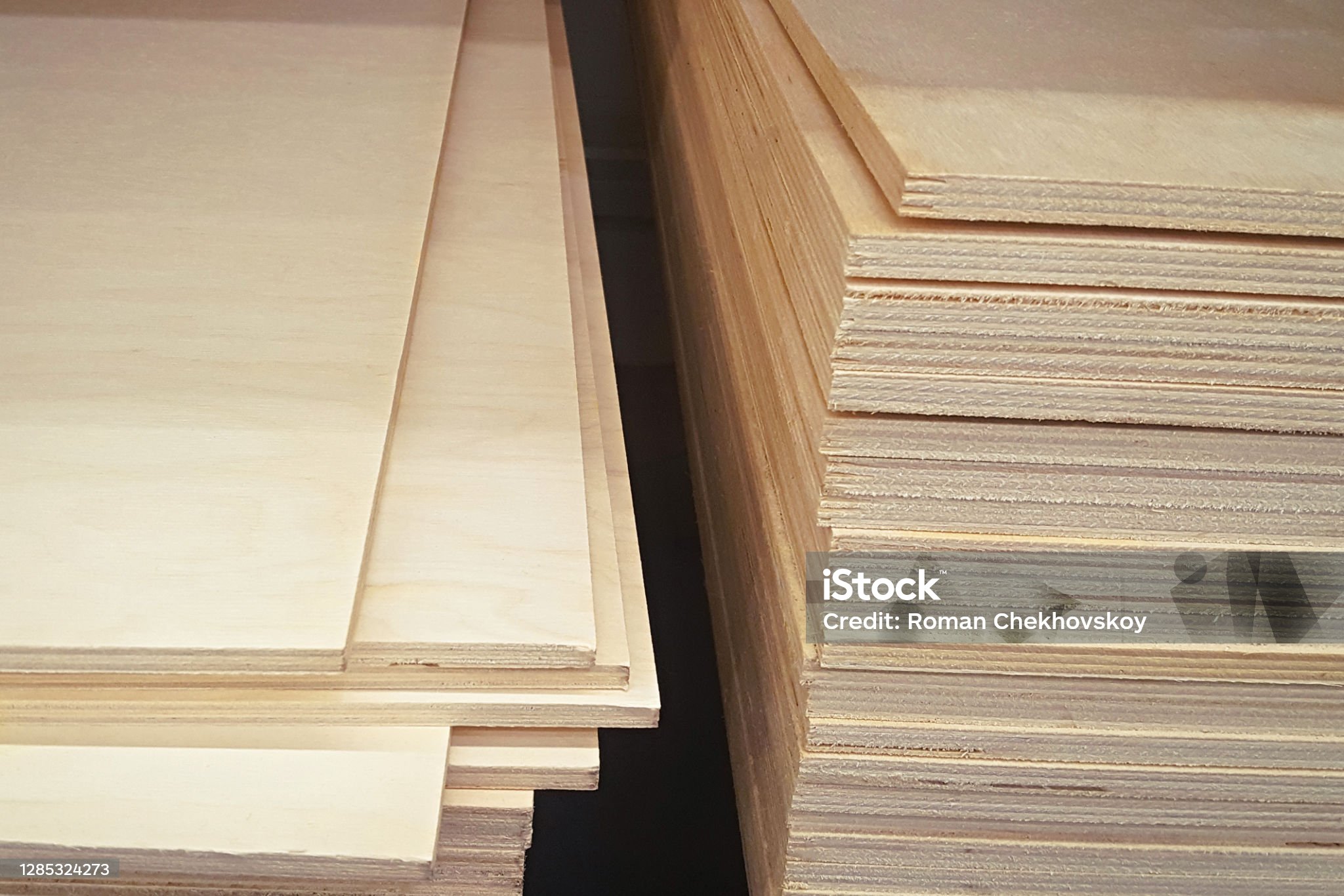WHAT IS PLYWOOD?
Plywood is a multi-layered wooden material made by gluing thin layers of wood at right angles to each other. Offering a more durable, flexible, and economical alternative to natural wood, plywood has a wide range of applications in construction, furniture making, decoration, and packaging. Its durability and lightness make it an ideal solution for various projects.


Plywood is produced in different quality grades and types of use. With waterproof (F.S.F) and moisture-resistant (F.K) varieties, it can be safely used in both indoor and outdoor applications. Available in various thicknesses and sizes, plywood ensures perfect compatibility with projects, attracting attention with its economical prices and long lifespan, making it an indispensable material for both professionals and hobbyists.
WHY CHOOSE PLYWOOD??
| Durability | It is more durable than natural wood. |
| Ease of Workability | It is easy to cut, screw, and assemble. |
| Eco-Friendly | Plywood is environmentally friendly since less wood is used in its production. |
| Economical | It offers a cost advantage over natural wood. |
Areas of Plywood Usage
| Construction | Used in making molds, wall panels, and flooring. |
| Furniture | Preferred in furniture making, especially for items like cabinets, tables, and shelves. |
| Decoration | Used in interior decoration for wall coverings, ceilings, and floors. |
| Packaging | Used in wooden boxes and packaging materials. |
| Plywood Grade | Surface | Knots | Cracks | Color and Defects | Equivalent Grades |
|---|---|---|---|---|---|
| Grade I | Smooth, evenly colored, no patches or inserts, dark streaks allowed | Light: Up to 15 mm, Dark: Up to 6 mm | Up to 0.5 mm, no open defects | No more than 5 defects per 1 m², total structural and color deviation ≤ 10% | 1, I, B |
| Grade II | Solid veneer, small patches and inserts in a matching tone allowed | Light: No size restrictions, Dark: Up to 20 mm, Holes from non-adhering knots: Up to 6 mm | Closed: Up to 200 mm, Open: Up to 2 mm | Natural shade variations allowed up to 25% of the surface | 2, II, BB |
| Grade III | Can be solid or made of glued veneer strips, multiple patches allowed (may not match the main color) | Light, solid, healthy: No size restrictions, Dark with cracks up to 1.5 mm, Non-adhering and fallen-out knots: Up to 6 mm | Both closed and open cracks are allowed | Shade variations allowed, false heartwood may cover up to 50% of the surface | 3, III, CP |
| Grade IV | Solid or jointed veneer, inserts, dents, overlays, and putty repairs up to 60 mm allowed | No restrictions on the number of healthy knots, non-adhering and fallen-out knots up to 40 mm allowed | Open cracks up to 10 mm allowed | Natural shade variations, false heartwood, discoloration, stains, and chemical coloring allowed | 4, IV, C |
FREQUENTLY ASKED QUESTIONS
What is the difference between Plywood and MDF??
Plywood consists of natural wood layers, while MDF (Medium Density Fiberboard) is made by compressing wood fibers with resin. Plywood is more durable and water-resistant, but MDF provides a smoother surface and is easier to paint.
